Introduction
Einführung
The letter ß is called a Eszett or scharfes S (sharp s) in German. It is a consonant used for the sound of a double-s or sz.
It evolved as a ligature of ∫ and s or z. Unlike the letter ∫ (the long s) which has completely fallen out of modern usage, the ß is used in all German-speaking regions with the except of Switzerland and Liechtenstein where orthographic trends have favored simplification.
For German, Austria and the German-speaking parts of Belgium, Luxembourg, Denmark and Italy the official grammatical rules are ß is used to represent the /s/ sound"
1) after diphthongs, and
2) long-vowels.
After short vowels, a regular double-s is used.
ß has no uppercase version because it is never used at the beginning of words.
It evolved as a ligature of ∫ and s or z. Unlike the letter ∫ (the long s) which has completely fallen out of modern usage, the ß is used in all German-speaking regions with the except of Switzerland and Liechtenstein where orthographic trends have favored simplification.
For German, Austria and the German-speaking parts of Belgium, Luxembourg, Denmark and Italy the official grammatical rules are ß is used to represent the /s/ sound"
1) after diphthongs, and
2) long-vowels.
After short vowels, a regular double-s is used.
ß has no uppercase version because it is never used at the beginning of words.











 French
French Spanish
Spanish English
English Italian
Italian Portuguese
Portuguese
Comments
Kommentare